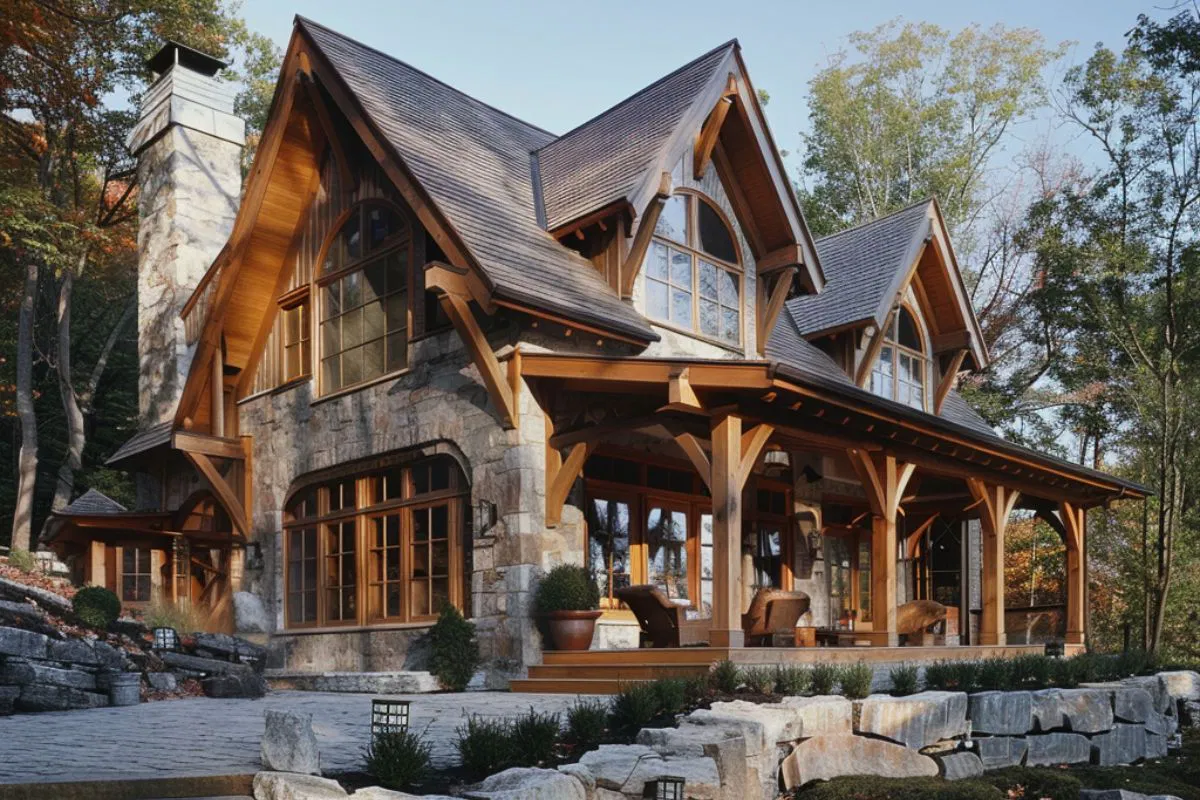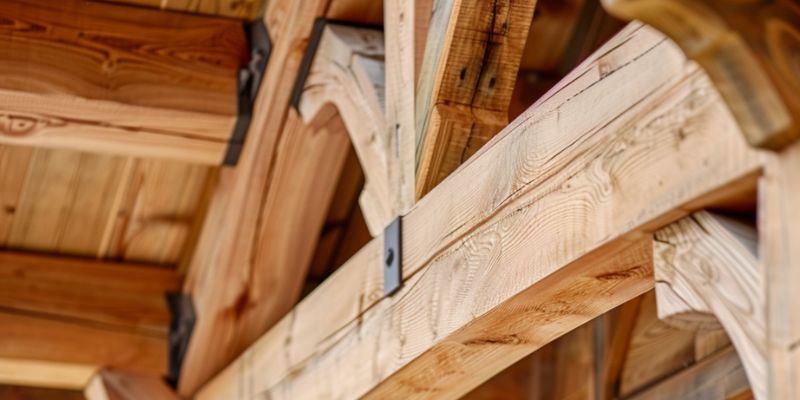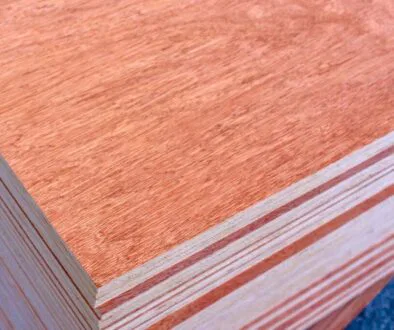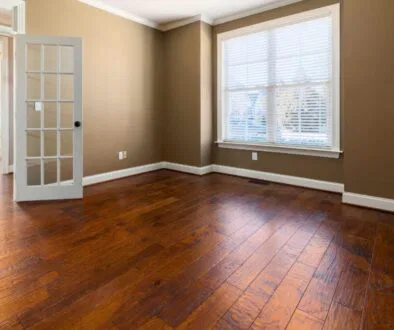Ultimate Guide to Timber Frame Home Costs

Published April 3, 2024
Timber-frame homes are known for their timeless charm, sustainability, and durability. Understanding the costs is crucial if you’re considering building your dream timber-frame home.
In this guide, we’ll look into the various factors influencing the cost of timber frame homes. We’ll add budgeting tips and cost-saving strategies to help you make an informed decision.
Cost Of Timber Frame House
The cost of building a timber frame house can vary significantly depending on various factors. Timber frame kits typically cost between $40 and $60 per square foot, while turn-key timber frame homes can range from $175 to $250 per square foot. Building a timber frame house can cost between $200 and $400+ per square foot.
Individuals considering a timber-frame home should carefully assess their budget. Focus on key design elements and explore cost-saving strategies. You should also get quotes from reputable timber-frame companies to understand the total expenses better.
Factors Influencing the Cost of Timber Frame Homes
The cost of a timber frame home can vary based on several key factors:
1. Design Complexity and Size of the Home
A timber frame home’s design complexity and size play a significant role in determining its cost. Intricate designs, custom features, and larger floor plans often need more materials and labor, resulting in higher expenses. Simple, standardized designs are generally more cost-effective than elaborate, custom-designed structures.
2. Quality of Materials Used
The quality of materials used in constructing a timber frame home directly impacts its cost. High-quality timber, such as oak or cedar, tends to be more expensive than standard softwoods. Additionally, premium finishes, insulation, roofing materials, and fixtures contribute to the cost. But they may also enhance the durability and aesthetic appeal of the home.
3. Labor Costs in Your Region
Labor costs vary depending on the region where the construction takes place. Areas with higher costs of living or specialized labor markets may have higher wages for skilled timber frame craftsmen and construction workers. Labor costs can influence the total cost of building a timber frame home.
4. Site Accessibility and Terrain
The accessibility of the construction site and the terrain it sits on can impact construction costs. Sites with challenging topography, difficult access, or the need for extra groundwork like excavation or foundation work may incur extra expenses. Remote locations or sites requiring special permits can add to the project cost.
5. Customization and Architectural Details
Customization and architectural details, such as unique timber trusses, curved beams, intricate joinery, or specialized finishes, can elevate the aesthetic appeal of a timber frame home. But, these custom elements need skilled craftsmanship and bespoke materials. This can drive up the construction cost compared to more standard or prefabricated options.
Different Construction Methods
Traditional Mortise and Tenon Joinery
Traditional mortise and tenon joinery involve intricate wooden joinery techniques, fitting beams together using precise cuts and interlocking joints. While this method showcases craftsmanship and authenticity, it can be labor-intensive. It requires highly skilled artisans, which potentially increases the labor costs. The materials used in traditional joinery are often premium hardwoods, adding to the project’s cost. However, this is a good choice if you are after a classic timber frame look.
Modern Timber Frame Construction Techniques
Modern timber frame construction techniques may involve metal connectors, engineered wood products, or prefabricated components. These can simplify the building process and reduce labor costs. Modern techniques can lead to faster construction times and lower labor expenses. However, standardized components and materials may limit design flexibility and customization options compared to traditional methods.
Structural Insulated Panels (SIPs) Integration
Structural Insulated Panels (SIPs) are prefabricated building panels with an insulating foam core sandwiched between two structural facings. When integrated into timber frame construction, SIPs offer excellent insulation properties, energy efficiency, and rapid assembly on-site.
While SIPs can help reduce heating and cooling costs over time, the initial cost of purchasing these panels may be higher than traditional framing materials. Yet, the speed of construction and energy savings associated with SIPs can make them a cost-effective choice in the long run.
Budgeting and Planning
Proper budgeting and planning are essential for a successful timber frame home project. Considerations include:
Setting a Realistic Budget Based on Your Needs
Establish a realistic budget that aligns with your specific needs and preferences. Consider factors such as the size of the home, desired features, quality of materials, and any extra customization you’re looking to incorporate.
By defining a clear budget from the outset, you can focus on expenses, avoid overspending, and ensure that your project remains financially workable.
Working Closely with a Reputable Timber Frame Company
Collaborating with a reputable timber frame company is essential for a successful project. Experienced companies can provide valuable insights. They can guide you on cost-effective solutions and detailed estimates based on your requirements.
Choosing a trusted partner with a proven track record in timber frame construction can help streamline the planning process. This can also cut costly errors and ensure high-quality workmanship throughout the project.
Allocating Funds for Unforeseen Expenses
Set aside a contingency fund for unforeseen expenses. Unexpected challenges, design changes, or site-related issues can impact your budget.
Having a financial buffer can help mitigate risks and prevent delays. Aim to allocate 10-20% of your total budget to contingencies to account for any surprises that may arise.
Factoring in Land Acquisition and Preparation Costs
Besides construction costs, don’t overlook the expenses of acquiring and preparing the land for your timber frame home. Costs such as land purchase, site clearing, excavation, utility installation, and landscaping should be factored into your budget.
Conduct a thorough assessment of the site conditions. Understanding the potential costs involved in site preparation can help you avoid budgetary challenges.

Cost-Saving Tips and Strategies
To make the most of your timber frame home budget, consider these cost-saving tips:
- Opt for standardized designs
- Buy materials in bulk
- Consider energy-efficient features
- DIY certain non-structural elements
- Research and compare quotes from many builders
Timber Frame Home Cost: The Long-Term Benefits
Investing in a timber frame home offers not just immediate comfort but also long-term financial benefits:
- Energy savings
- Reduced carbon footprint
- Minimal maintenance costs
- Timeless aesthetic appeal
Final Thoughts
In conclusion, the cost of a timber-frame home reflects its quality, sustainability, and unique character. By carefully planning your budget, considering cost-saving strategies, and understanding the long-term benefits, you can invest in a home that will stand the test of time. Embrace the beauty of timber-frame construction—it’s not just a house; it’s a legacy.
Hire The Timber Experts For Your Next Project
Vintage & Specialty Wood should be your source of the highest quality timbers from around the world. When it comes to fabricating and installing reclaimed wood or specialty wood products in your home, we don’t cut corners. We offer many reclaimed wood and specialty wood products such as Douglas Fir, white oak, and much more. We also offer timber framing and wood flooring services as well. Contact our team today to speak to a timber expert about what Vintage & Specialty Wood can do for you.

This Blog Is Fact Checked
This content has undergone meticulous fact-checking by our team of internal experts. Gain a deeper understanding of the high editorial standards we uphold on our website here.

About The Author
Experience, exploration, and knowledge are the hallmarks of writer Rei Bayucca. Her dedication to crafting articles that both inspire and educate will leave you thinking long after you’ve finished reading.




